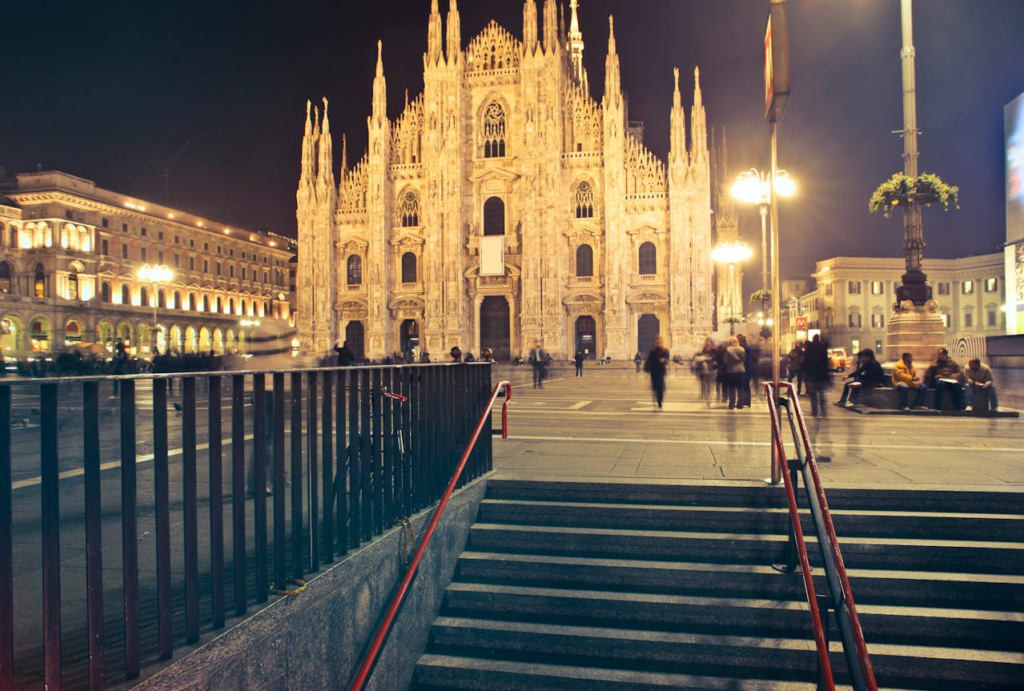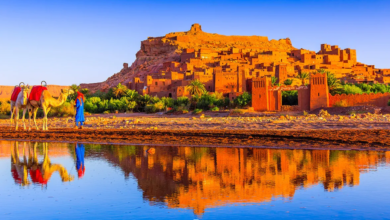
The Most Beautiful Coastal Drives in Italy and How to Plan Them
Italy’s dramatic coastlines offer some of the world’s most spectacular driving experiences. From the rugged cliffs of the Amalfi Coast to the pristine beaches of Sardinia, these coastal routes combine breathtaking scenery with charming villages, historic sites, and exceptional cuisine.
The Amalfi Coast: Italy’s Most Famous Coastal Drive
The Amalfi Coast road winds 50 kilometers along dramatic cliffs between Sorrento and Salerno. This UNESCO World Heritage route features hairpin turns, stunning sea views, and picturesque towns like Positano, Amalfi, and Ravello perched on mountainsides.
Travelers should plan 2-3 days to fully explore this route without rushing. The narrow road becomes congested during peak summer months, making early morning or late afternoon driving preferable. Parking remains extremely limited in coastal towns in Italy, so visitors should book accommodations with parking or use public buses between destinations.
The drive offers numerous stopping points, including Villa Rufolo in Ravello, the ceramic shops of Vietri sul Mare, and the lemon groves of Limoncello producers. Each town provides a unique perspective of the Mediterranean coastline.
Cinque Terre: Five Villages Connected by Scenic Roads
The Cinque Terre coastal area connects five historic fishing villages through winding mountain roads and walking paths. While cars cannot enter the village centers, nearby parking areas provide access to Monterosso al Mare, Vernazza, Corniglia, Manarola, and Riomaggiore.
Travelers should park in La Spezia and use trains to visit individual villages, as driving between them proves challenging and parking is extremely scarce. The coastal train journey itself offers spectacular sea views and takes only minutes between stops.

The region’s terraced vineyards and coastal hiking trails provide opportunities for extended exploration. Local restaurants serve exceptional seafood and the famous Sciacchetrà dessert wine produced from grapes grown on steep hillsides.
Sardinia’s Costa Smeralda: Luxury Meets Natural Beauty
Sardinia’s northeastern coast features pristine beaches, crystal-clear waters, and upscale resorts along well-maintained coastal roads. The drive from Olbia to Porto Cervo showcases Mediterranean vegetation, granite rock formations, and exclusive marina developments.
This route offers easier driving conditions than mainland coastal roads, with wider lanes and better parking facilities. Travelers can explore secluded beaches like Capriccioli and Liscia Ruja, accessible through short detours from the main coastal highway.
The area provides luxury accommodations and high-end dining, but travelers can find budget-friendly options in smaller towns like San Pantaleo. Beach access remains free despite the region’s upscale reputation.
Sicily’s Eastern Coast: From Messina to Syracuse
Sicily’s eastern coastline combines ancient Greek ruins with volcanic landscapes and charming seaside towns. The drive from Messina to Syracuse passes Mount Etna, Catania’s baroque architecture, and numerous archaeological sites.
Travelers should allocate 3-4 days for this 200-kilometer route to visit major attractions like the Valley of Temples in Agrigento and the Greek theater in Taormina. The road conditions vary significantly, with modern highways near major cities and narrower roads in rural areas.
This route offers exceptional value compared to other Italian coastal drives, with affordable accommodations and authentic Sicilian cuisine. Local specialties include fresh seafood, cannoli, and wines from Etna’s volcanic slopes.
Planning Your Italian Coastal Drive
Travelers should rent compact cars for easier navigation on narrow coastal roads. Manual transmissions remain standard in Italy and typically cost less than automatic options. International driving permits are required for non-EU visitors, along with valid passports and home country licenses.
GPS navigation proves essential, but travelers should download offline maps as cellular coverage can be spotty in remote coastal areas. Paper maps provide valuable backups for areas with poor signal reception.
Booking accommodations in advance becomes crucial during the summer months and holiday periods. Coastal hotels often require minimum stays and charge premium rates for sea views.
Best Times to Drive Italy’s Coasts
Spring months from April to June offer ideal driving conditions with mild weather, blooming vegetation, and fewer crowds. Fall driving from September to October provides pleasant temperatures and clearer visibility for photography.
Summer driving requires early starts to avoid traffic and heat. Many coastal roads become congested between 10 AM and 4 PM during July and August. Winter driving remains possible, but some mountain passes may close due to weather conditions.
Travelers should check local weather forecasts and road conditions before departure, especially during transitional seasons when storms can affect coastal visibility and road safety.
Essential Preparation Tips
Travelers should pack emergency supplies, including water, snacks, and basic tools for remote coastal areas. Fuel stations become scarce along some routes, so maintaining at least half a tank ensures safe completion of longer segments.

Travel insurance covering rental car damage and medical emergencies provides peace of mind for coastal driving adventures. European breakdown coverage offers additional security for extended road trips.
Travelers should familiarize themselves with Italian traffic laws, including speed limits, parking regulations, and restricted traffic zones in historic city centers.
Conclusion
Italy’s coastal drives offer unparalleled experiences combining natural beauty, cultural heritage, and culinary excellence. Proper planning ensures safe, enjoyable journeys while maximizing opportunities to discover hidden gems along these magnificent routes. Each coastal region provides unique characteristics, from the glamour of the Amalfi Coast to the rugged beauty of Sardinia’s shores.



